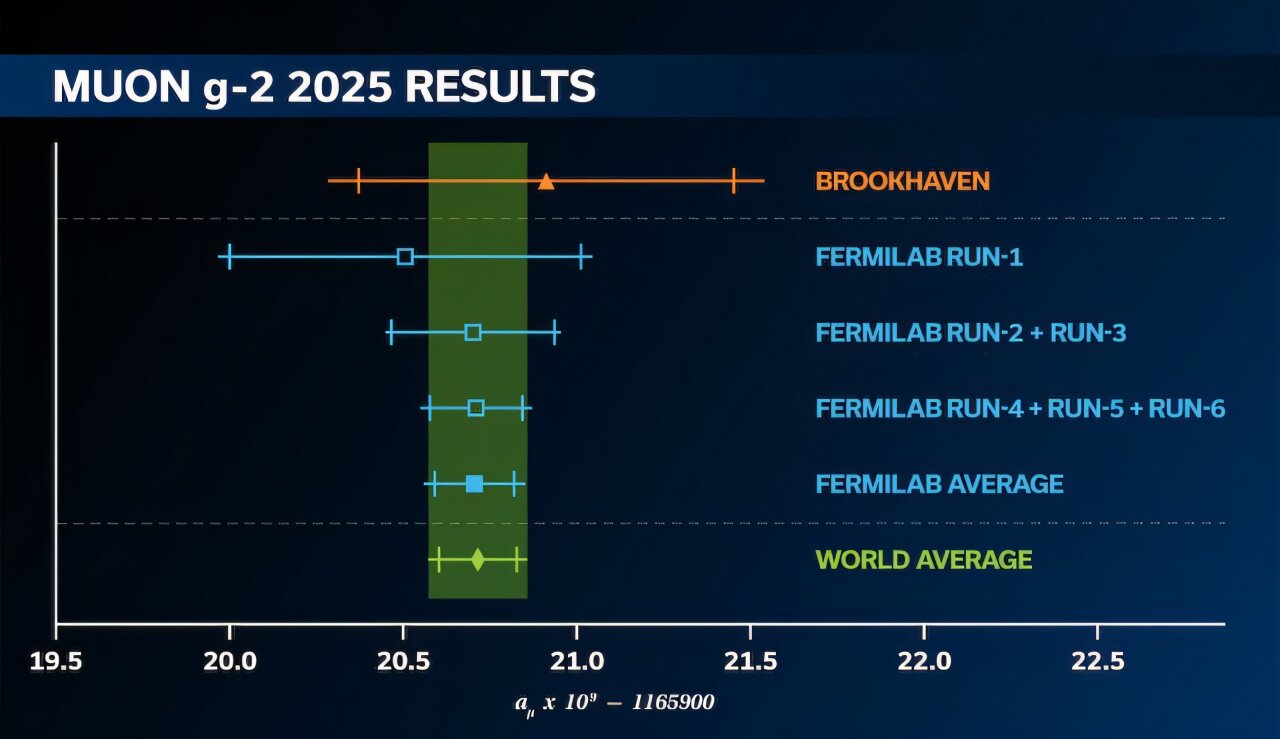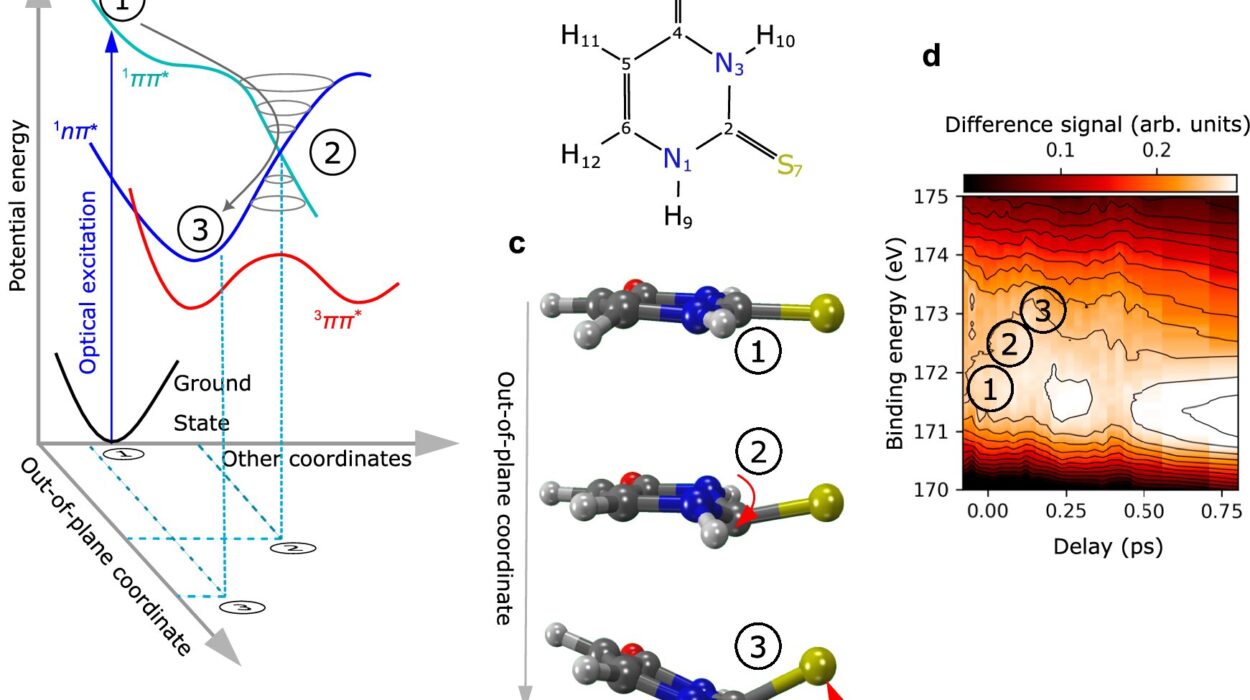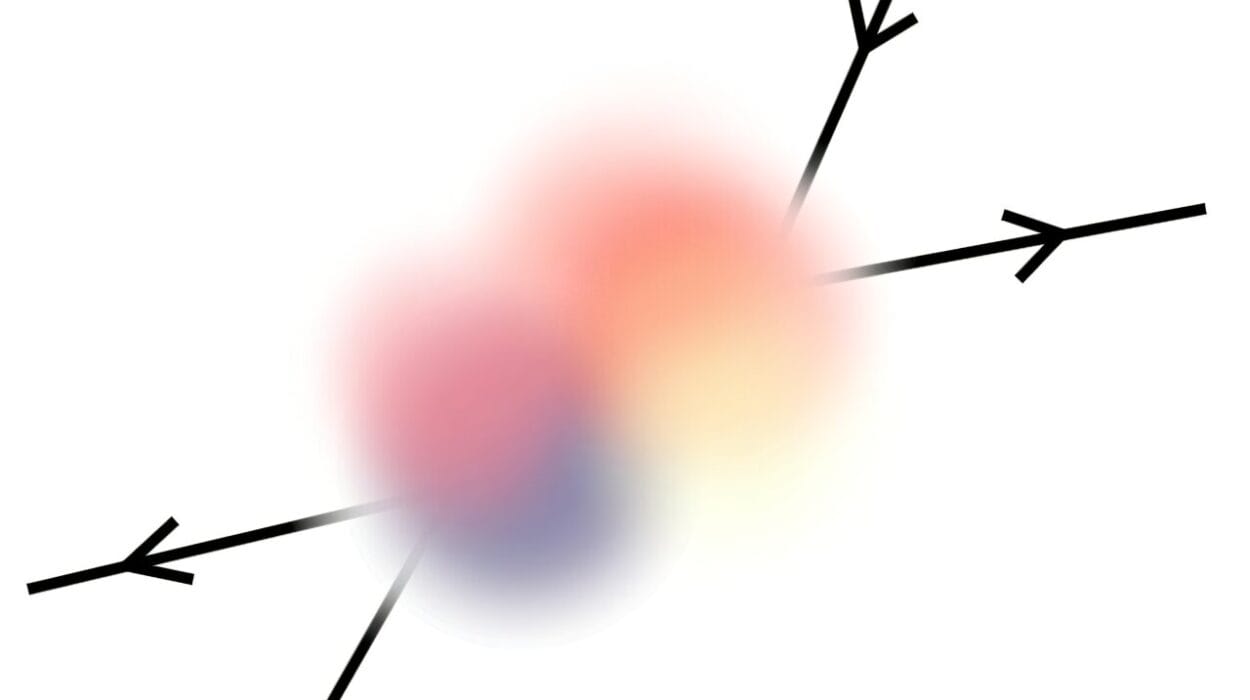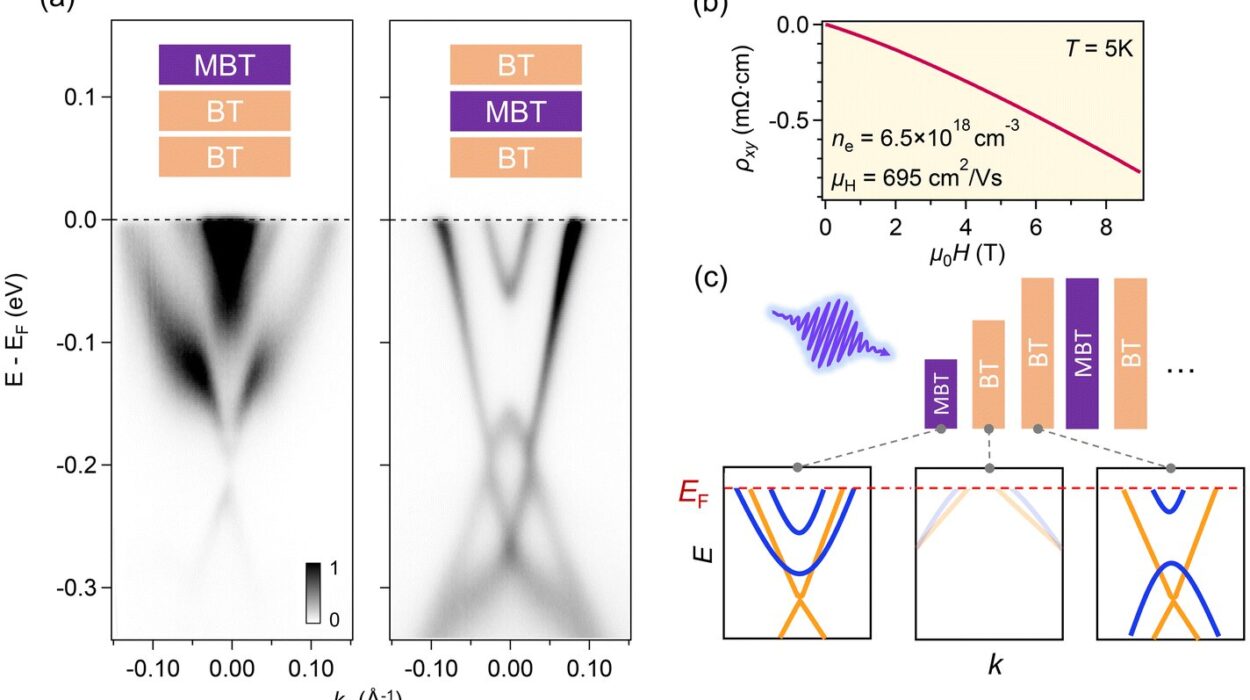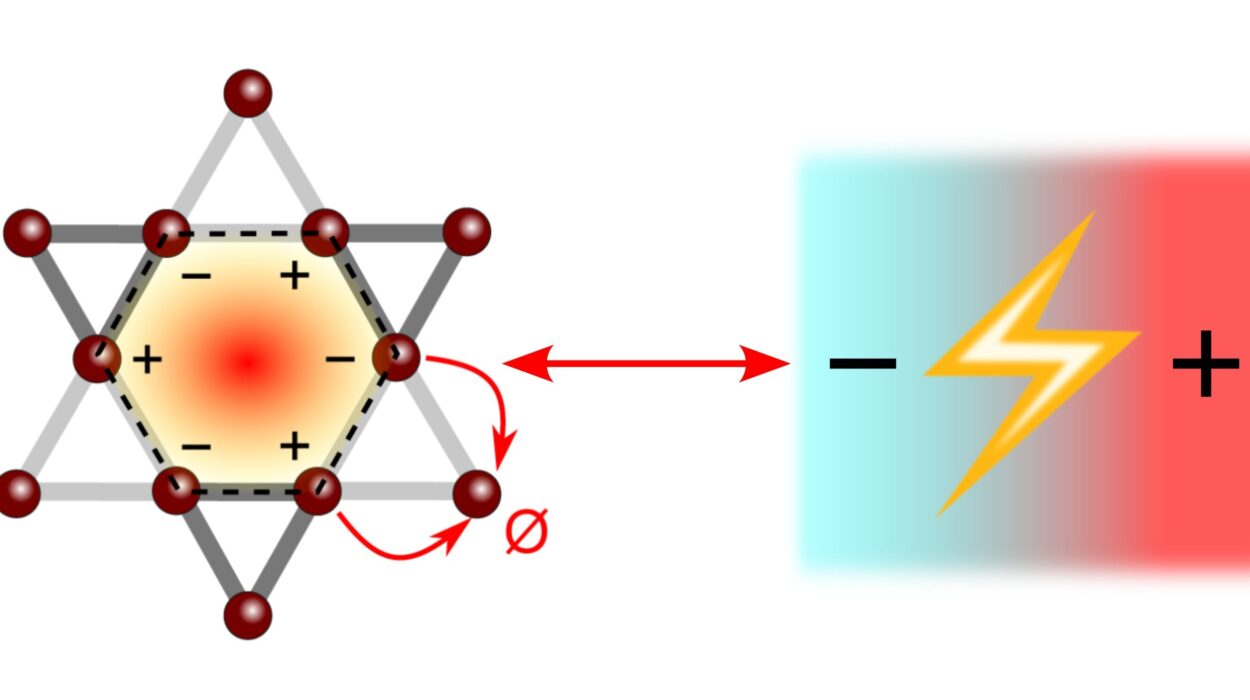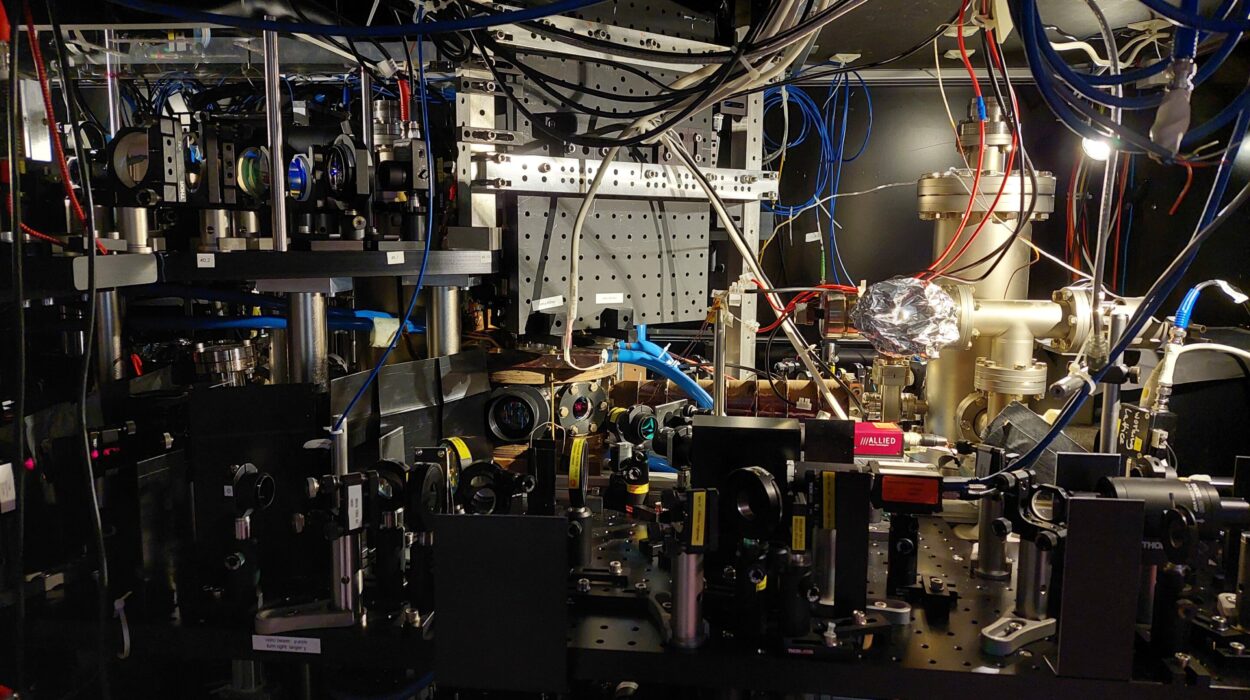The journey of scientific discovery often follows a winding road, and sometimes, those who spend years chasing seemingly elusive truths end up with answers that come in the form of one breakthrough moment. This is exactly what happened recently at the Fermi National Accelerator Laboratory in the United States, where experimental physicists reached the culmination of a decades-long quest to measure the magnetic strength of the muon—a fundamental particle that has intrigued physicists for nearly a century. For the Muon g-2 Collaboration, a team of over 200 researchers, this was a moment to celebrate their relentless pursuit of precision, but it also marked a step forward in a much larger, still-uncertain story.
For the past four years, the team collided an astounding 300 billion muons, fine-tuning the measurement of the muon’s magnetic moment to an unparalleled accuracy of 127 parts per billion. This was not just any ordinary achievement. It was the final chapter in a long history of experimental efforts to understand the subtleties of this mysterious particle. The results, published in Physical Review Letters, bring us closer than ever to answering a question that has puzzled scientists for decades—does the muon behave exactly as predicted by the Standard Model of particle physics, or is there something deeper at play, waiting to be discovered?
The Tale of the Muon
Before delving into the implications of the latest findings, let’s step back and ask: What exactly is a muon? While it may seem like an obscure particle, the muon is, in fact, a heavy relative of the electron. It’s about 207 times more massive, but crucially, it is unstable, with a lifetime of just 2.2 microseconds before it decays. Despite its brief existence, the muon’s magnetic properties offer physicists a unique window into the behavior of matter at the most fundamental level.
The muon’s magnetic moment, or its “wobble” in an external magnetic field, is a direct reflection of its intrinsic spin, much like how a bar magnet behaves in a field. On the surface, the muon’s magnetic moment should be the same as the electron’s—if we are looking at it through the lens of classical physics. However, quantum mechanics introduces fascinating complexities. It turns out that the muon’s magnetic moment, as predicted by quantum field theory, is slightly different. This tiny discrepancy, known as the “g-2” factor, has become the focus of intense scientific inquiry.
The question at hand is whether the muon’s g-2 value aligns with the Standard Model’s predictions, or if it hints at something more profound—possibly even a new kind of physics beyond what we already know.
A Legacy of Quantum Curiosity
The story of the muon’s magnetic moment began long before the Muon g-2 Collaboration set their sights on this elusive number. It traces its origins to the work of some of the greatest minds in physics. In the early 20th century, American physicist Julian Schwinger made a groundbreaking prediction for the electron’s anomalous magnetic moment, a result that was later engraved on his tombstone as a testament to his pride in the achievement.
Schwinger’s work laid the foundation for understanding how quantum field theory could modify the magnetic behavior of particles, a theory that takes into account the fleeting virtual particles in the quantum field. As physicists dove deeper into these quantum corrections, the picture became clearer: the electron’s g-2 value could be calculated with an unprecedented level of precision, with the final agreement between theory and experiment reaching an astounding ten significant figures.
For the muon, however, the calculations would prove far more complicated. Its greater mass and the presence of additional forces made it more susceptible to interactions with the strong and electroweak forces—forces that were less significant for the electron. These interactions, particularly those involving virtual hadrons (particles composed of virtual quarks and gluons), introduced additional layers of complexity into the calculations.
Measuring the Wobble
To measure the muon’s magnetic moment, the Muon g-2 Collaboration needed to get as precise as possible. They did so by harnessing the power of Fermilab’s storage ring, a 45-meter circumference track where muons are kept in motion and subjected to an intense magnetic field. As the muons circled the ring, they began to wobble—a phenomenon known as precession. By comparing the precession frequencies of the muons with those of protons, the team was able to calculate the muon’s g-2 with unprecedented accuracy.
The results from this experiment were stunning. The precision of the measurement was four times better than previous efforts, giving scientists a much clearer picture of the muon’s behavior. And yet, despite this remarkable achievement, there was still a lingering question. The experimental value of the muon’s magnetic moment aligned beautifully with the Standard Model’s prediction—within 127 parts per billion—but some theorists were holding out hope for a nonzero deviation, a signal that could suggest the existence of new physics beyond the Standard Model.
The Theoretical Impasse
Aida X. El-Khadra, a leading theorist in the field, captured the essence of the ongoing challenge. While the experimental results were groundbreaking, she pointed out that the uncertainty in the theoretical predictions was still larger than the experimental measurements. “The uncertainty on the theoretical prediction is still four times larger than experiment,” El-Khadra explained. This means that, while the results are a historic achievement, the question of whether the muon’s magnetic moment truly fits within the Standard Model remains open.
Much of the uncertainty stems from the contribution of virtual particles, particularly the hadronic vacuum polarization, which refers to the interactions between virtual quarks and gluons within the quantum field. These interactions are difficult to calculate precisely, and they continue to be the subject of intense research. Despite these challenges, El-Khadra expressed optimism about the future. “The measurement is a historic achievement that will not be challenged for years to come,” she said, acknowledging the dramatic improvement in the precision of the lattice theory calculations.
Why This Matters
For the physicists involved in the Muon g-2 experiment, the results represent a monumental step forward in our understanding of the fundamental forces of nature. The improved precision is not just a technical achievement—it provides critical clues about the workings of quantum field theory and the limits of the Standard Model. But for the theorists, the work is far from over. They continue to refine their calculations and push the boundaries of our understanding, all while watching closely for any hints that the muon’s behavior might reveal something new, something beyond the confines of current theory.
This research matters because it brings us closer to answering some of the deepest questions in physics. Does the Standard Model truly explain everything, or is there a deeper layer of reality yet to be discovered? The muon’s magnetic moment is a window into this mystery, and while the latest results are an impressive achievement, they only heighten our curiosity. For physicists, it’s a thrilling time. The quest for new physics is as alive as ever, and the muon’s wobble could very well hold the key to unlocking the next great chapter in our understanding of the universe.
More information: Anonymous, Measurement of the positive muon anomalous magnetic moment to 127 ppb, Physical Review Letters (2025). DOI: 10.1103/7clf-sm2v
